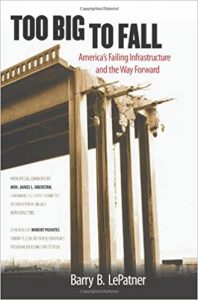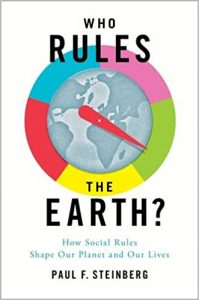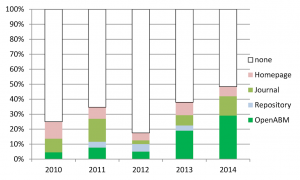In the editorial of Science (14 August) Akin Mabogunje, chairman of the Foundation for Development and Environmental Initiatives, proudly discussed the progress made in land reform in Africa, Nigeria in particular. Using “the best available science and technologies not only from the natural sciences and engineering, but also from the social sciences”, communal land is not split up in individual properties to “bring them into the mainstream of the growing market economy”.
This sounds wonderful if if such land reform would help the people. But individual property rights to land are no garantee for economic advancement as implicated. In fact land reform is creating many problems since these institutional arrangements do not fit with the temperal and spatial use of the land. Traditionally people could adapt to spatial variability in rainfall by moving their livestock to other areas. This might be challenging if land is privately owned. Actually, in Kenia there has been such a landreform in the past and now they are trying to include the informal practices back into the laws (what about people who use the land to pass with the livestock from point A to point B). Other problems are caused by the allocation of land rights, where surprisingly those who allocated the land receive more land rights.
In a time where we expect dramatic changes in ecosystems because of climate change, we need to develop institutional arrangements that fit with the social and ecological dynamics. 3 weeks before this editorial Elinor Ostrom presented in the same journal an updated version of her framework to study the complexity of social-ecological systems. If only practitioners really would pay attention to the best available science, we may avoid tragedies waiting to happen by applying simplistic ideas on governance as blue prints.









